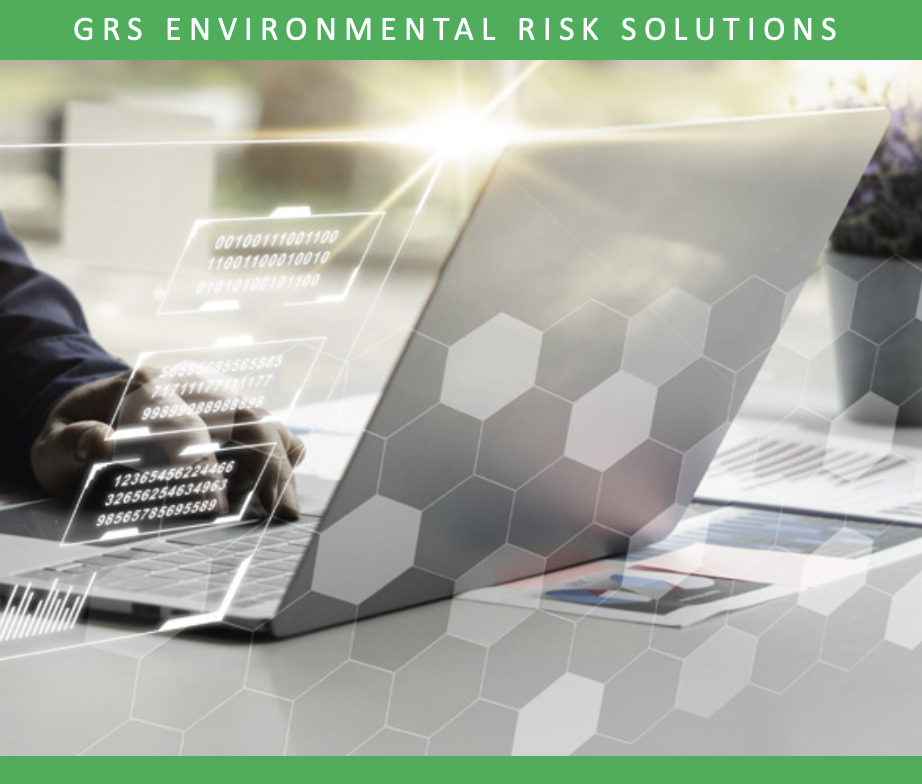Balance Sheet Protection During Response
By Steve Gosser, CEO ERMS, Global Risk Solutions
“We survived the accident, the business returned to normal, and everyone lived happily ever after.” When it comes to environmental pollution incidents, that ending is often more fantasy than reality. But it doesn’t have to be the case. It is possible to manage responses and mitigate resulting liabilities to reduce the financial and reputational threats to an organization. The C-suite perspective is focused on protecting corporate assets and limiting liabilities — including intangibles such as public perceptions and business reputation. This focus also should be implemented within the company’s Finance Section of the Unified Command (“UC”) structure. Under the Unified Command (the organization established under the National Contingency Plan to manage oil spill response), the Finance Section is generally tasked with accounting for resources, addressing claims and managing cash outflows; but the UC structure includes outside organizations, such as the United States Coast Guard and state responders, and these outside organizations will not necessarily be focused on the same goals of the Responsible Party. However, in a response the Finance Section can provide the information necessary for the company’s C-suite to set goals and develop a strategy, the objective of which is to protect corporate assets and limit liabilities.
Full Article here: Balance Sheet Protection During Response

